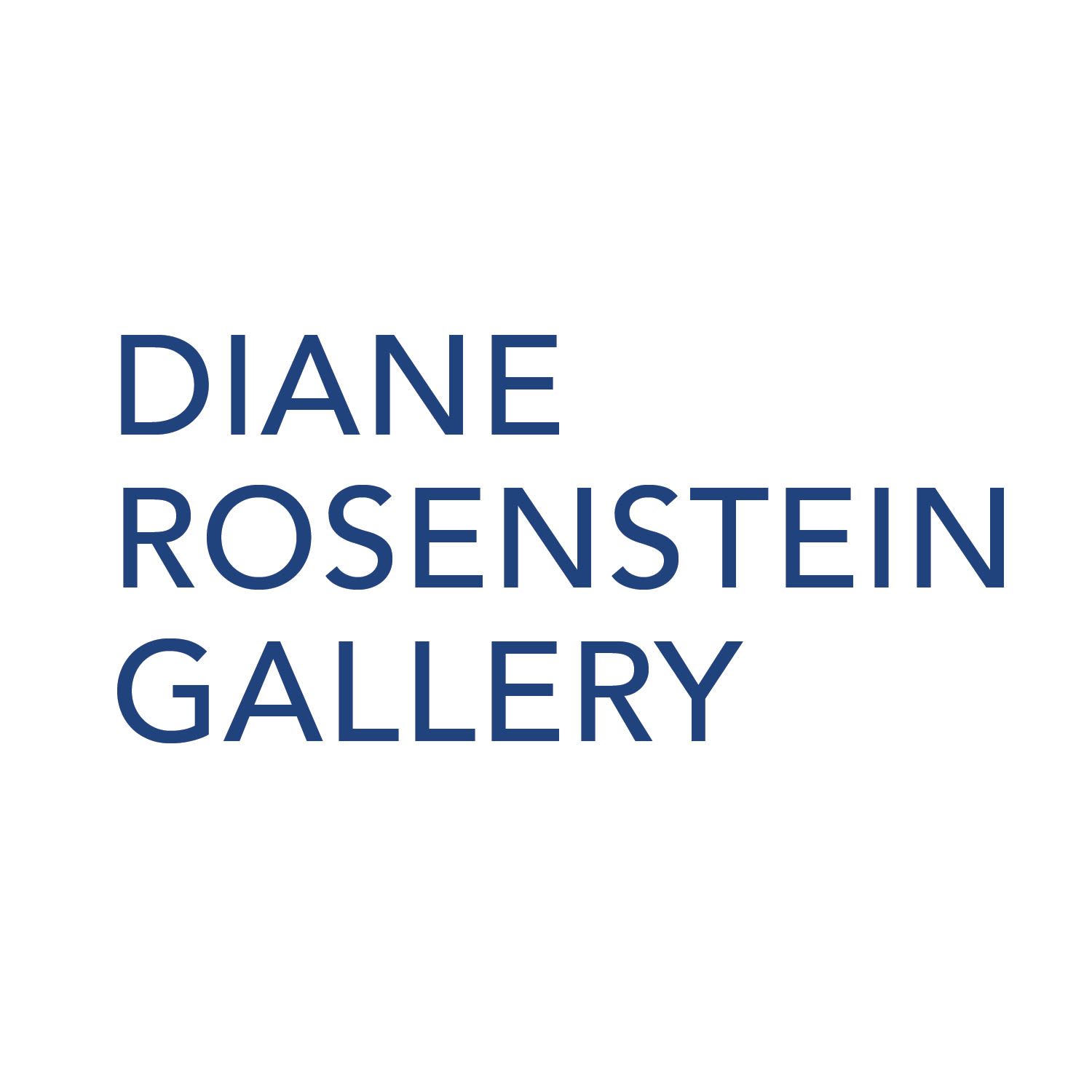'Light and Space meets outer space meets headspace in the paintings, sculptures, and performance-derived photography of Los Angeles-based artist Joe Ray. A luminary in the constellation of Leimert Park’s richly profound art, music, and literature of the last five decades, Ray has been a beloved “artist’s artist” whose efforts are long overdue for the kind of thematic survey presented in Complexion Constellation, which traces his efforts across both time (1968-2017) and mediums, offering a compact but thoroughly representative array of the diverse aspects of his practice which despite the apparent eclecticism nevertheless posits a thread of conceptual and aesthetic gestalt that links all his works on a continuum of light, color, optical/ambiguous phenomena, and the sociopolitical context for perception, portraiture, performance, and abstraction.
In 1970, Ray enrolled in the first class at CalArts, under the mentorship of Nam June Paik and John Baldessari. He also fell in with plastics-obsessed artists Larry Bell, Doug Edge, and Terry O’Shea, who along with DeWain Valentine and chemical engineer Ed Revay were largely responsible for that generation’s innovative approach to sculpture based on the adaptive repurposing of industrial plastics and resins as art-making materials. Ray was not only enamored of the material’s inspirational formal potential, but was also intrigued by its more esoteric qualities — its ability to take on a solid form so thoroughly animated by transient movement of ambient light and the motion of its audience and surroundings. It is a similar “alchemical” aesthetic that drew him to contemplations of the night sky, whose remote, splintering depth of color, refraction of space, dark air, and white light combined science, imagination, and emotional allegory in just the right combination to ignite.
An extension into a painting practice conflating the properties of post-Impressionism and actionist Ab Ex, the emotional allegory of literally nebulous abstraction, and the cosmic bent of space-travel science makes so much sense it seems inevitable. His careful use of pointed text within some of these paintings are an artifact of that era’s sensibility, as well as strategy to ensure the audience remains at all times aware of the context of their making. As does the inclusion of an epic, deliberate yet candid series of photographs in a series begun in 1970 and revisited as recently as 2014, in which the artist returned to the Louisiana city of his birth, making portraits of the people who called it home still, in order to more fully understand and chart the scope of his own trajectory through time and space, including the development of his adventurous and unique personal sense of self. Those images along with contemporaneous pictures of his performance art projects, speak to the element of identity, which further permeates the otherwise non-figurative idiom of his practice. In contemplating the portraits, and self-portraits, alongside the abstract, cosmic, cosmological, phenomenological works, one comes to fully understand why and wherefore the artist refers to his subject matter as “inner and outer space” — and further, we comes to see them as inextricably bound within their holistic dream logic. Though Light and Space is not often thought of as a pliable, viable conduit of autobiography and soulful emotion, by placing these seductive sensoriums in their rightful context, audiences discover not only a better understanding of Ray’s influential centrality to some of the most exciting passages in Los Angeles art history, but also of the special qualities of his unique contributions to those seminal genres. It’s a blessing to the field of modern art for Ray’s voice to be amplified, and to be ineffably presented with the fact that his works remain as vital, fresh, modern, relevant, and coveted as ever. This is especially true in tandem with the operatic presentation of his newest constellation paintings — which are, though it hardly seems possible, even more vibrant, operatic, hypnotic, moving, and flat out gorgeous than before.'


